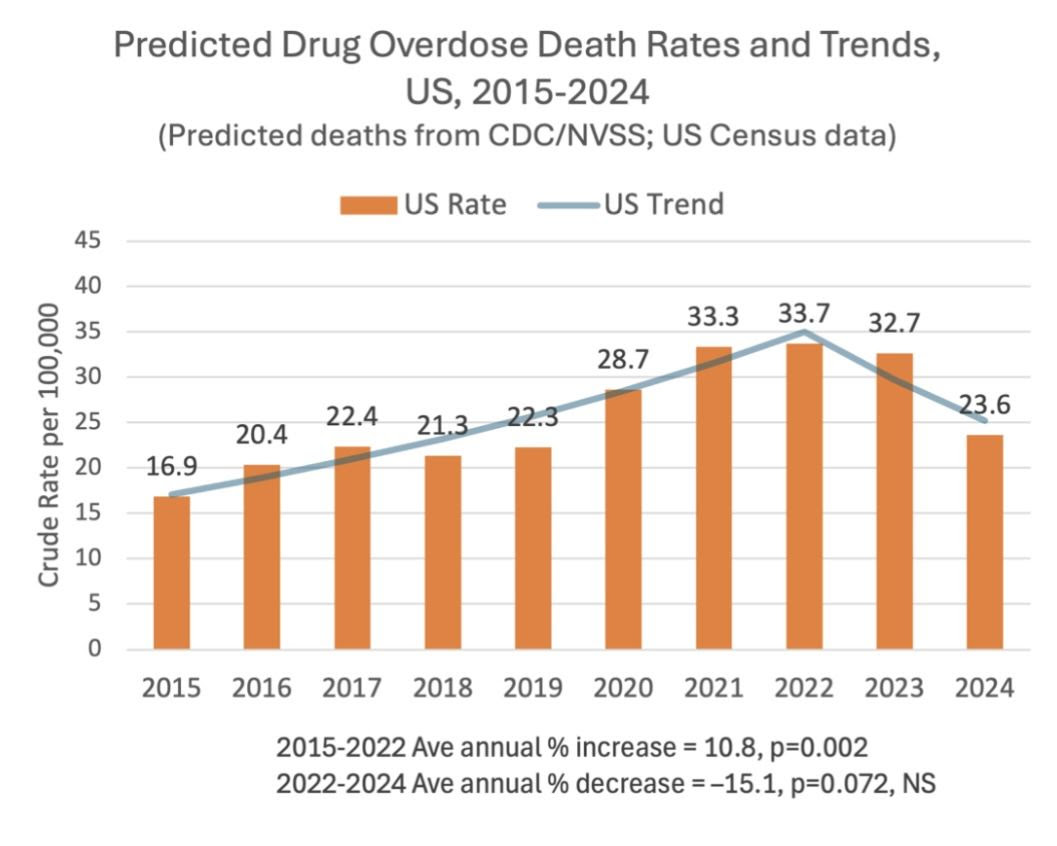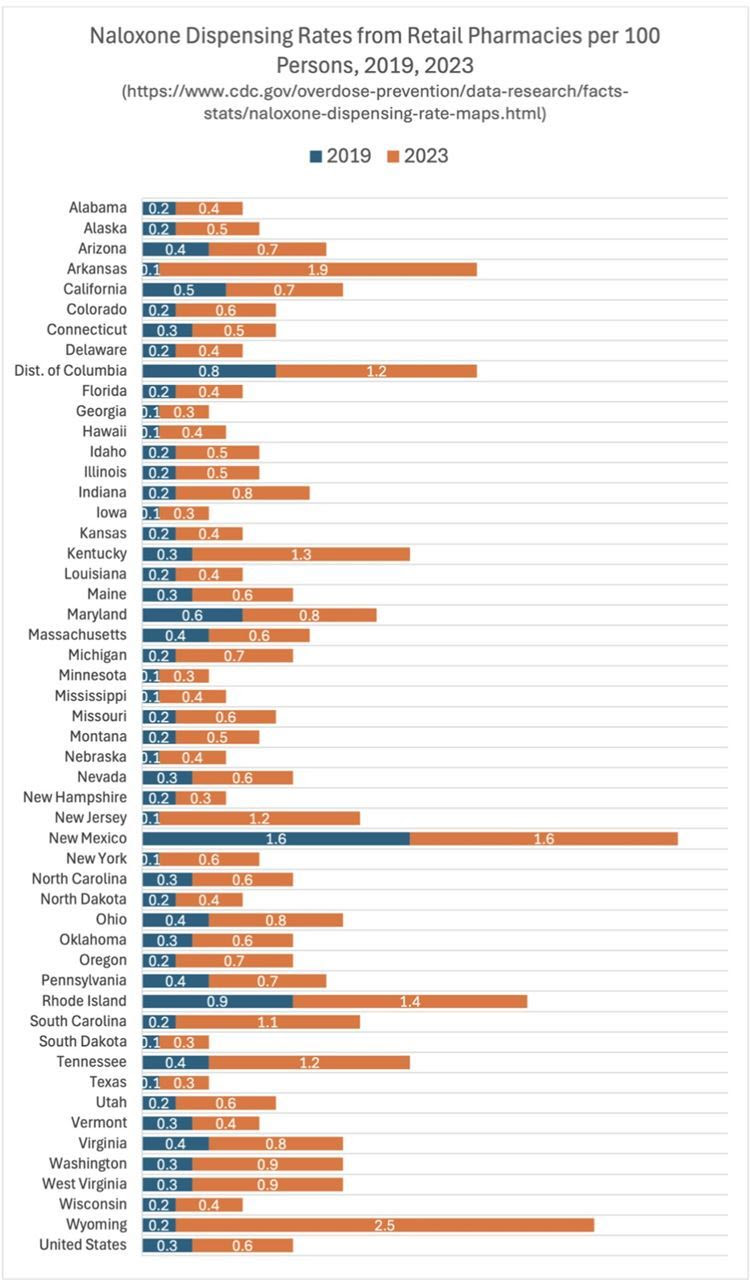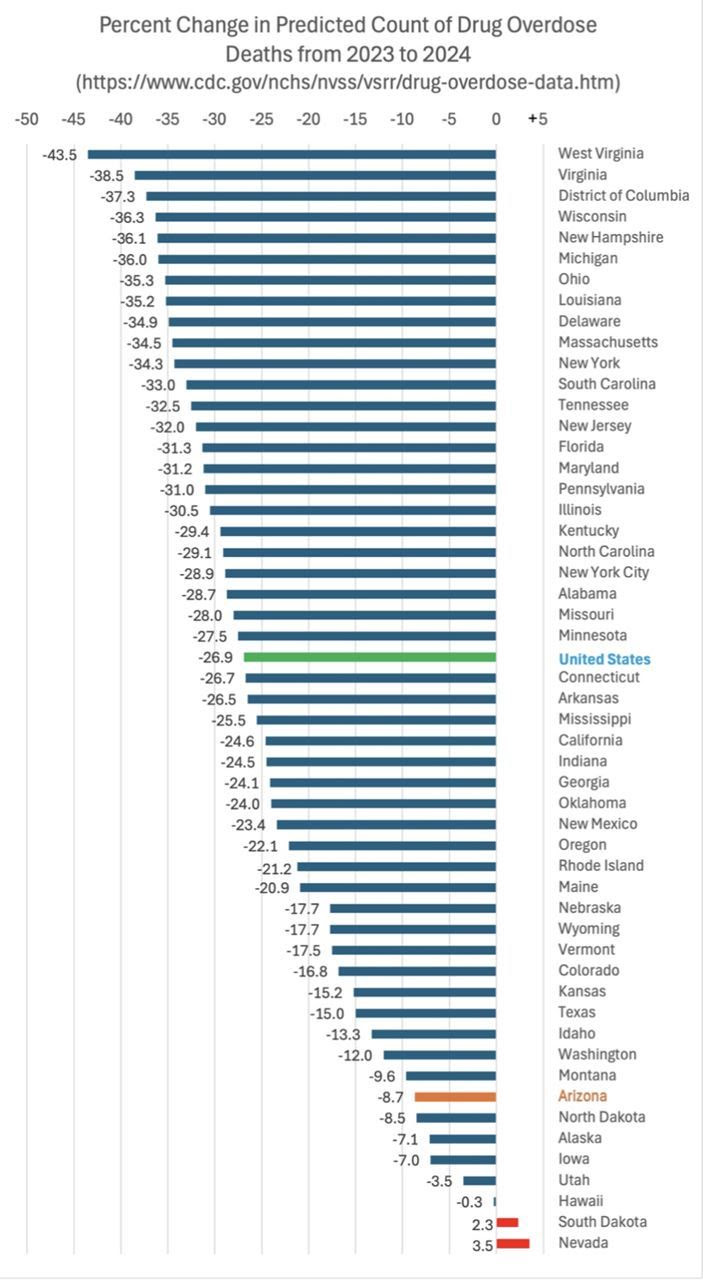Public Health Law Center | A Free Resource for Local Public Health
The Public Health Law Center provides free legal technical assistance to public health managers within state, local, Tribal and territorial health departments. They also provide support related to working with your Attorney General’s office.
They also answer questions related to the litigation process and provide case analysis. They have several assistant AGs and former litigators on staff.
Reach out to Tom Pryor or Manel Kappagoda with questions or Contact the Public Health Law Center online.
_________________________










